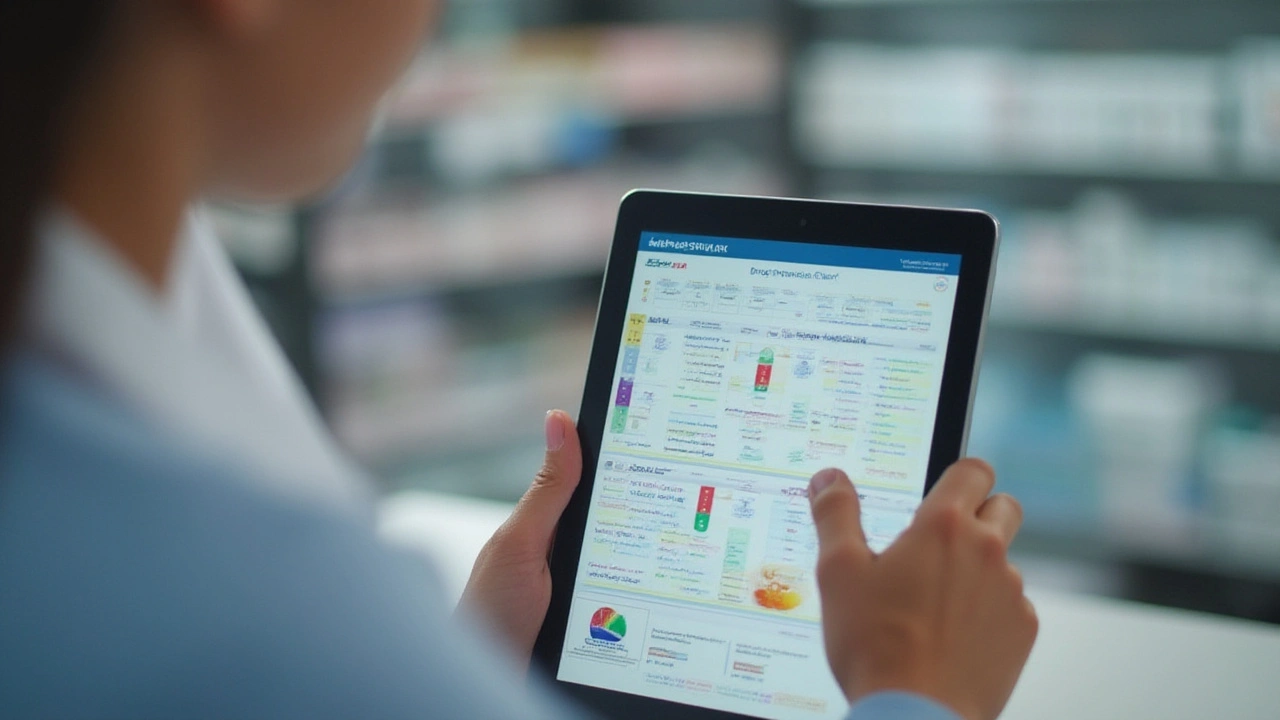Medication Safety: How to Make Smart Choices With Your Medicine
Ever worried if you're taking your meds the right way? Medication safety is a real-life challenge, not just something doctors talk about. A single mistake, like mixing up pills or misunderstanding a label, can mess up your day or worse. If you take painkillers, swap brands at the pharmacy, or wonder if a generic drug will do the trick, you’re in the right place.
Start simple: always read the label, every single time. Yes, even if you’ve used that medicine before. Dosage and instructions can change, and drug packaging updates more often than most people realize. For example, did you know that mixing over-the-counter painkillers like ibuprofen with some cold remedies can actually hurt your stomach? Labels are there for a reason—they’re a map, not a suggestion.
Thinking about swapping a prescription for a generic or a different brand? You’re not alone—and you’re probably asking yourself, “Is this as good as my regular one?” The reality: generic drugs have to prove they’re just as safe and effective as brand-names. The main thing that changes is usually the price, not the quality. Still, each person reacts differently, so pay attention if you notice new side effects or if the medicine seems off. It’s totally legit to ask your pharmacist about the switch and why it was made. They're trained to explain the difference and help you with safe substitutes.
Painkillers are a go-to for everything from backaches to post-surgery recovery. But how do they actually work? Simple: most over-the-counter painkillers block chemical messengers called prostaglandins, which tell your brain you’re in pain. Different types—acetaminophen, NSAIDs like ibuprofen, stronger opioids—work at different spots in your body. The key: don’t double up. Taking more because you want faster pain relief can backfire. It increases the risk of stomach bleeding for NSAIDs or liver damage for acetaminophen. Read those warnings; they’re not just legal fluff.
If you ever wonder if you should switch meds because your insurance only covers the generic, relax. The FDA makes sure generics work the same way. What matters is how your body feels after the change, not just what’s on the box. If anything feels off—new headaches, an upset stomach—talk to your doctor. And if you have allergies, check the inactive ingredients, since fillers can differ between brands.
There’s no such thing as a “safe mistake” with meds. Always store your medicine somewhere cool and dry—never in the bathroom, which is ironically the worst spot. Keep your pills in their original container so you don’t accidentally mix them up. And don’t panic if you miss a dose by an hour or two, but don’t try to ‘catch up’ by doubling up next time.
At the end of the day, keeping track of your medication, understanding what you’re taking, and trusting your pharmacist isn’t just adulting—it’s staying healthy and saving yourself a whole lot of hassle later on.
How to Read a Drug Interaction Chart Effortlessly: Safe Medication Management Guide
Posted by Elias Hartfield on Jul, 29 2025

Learn how to read a drug interaction chart with confidence. Find out what those columns and colors mean, avoid risky combos, and handle medications safely.
